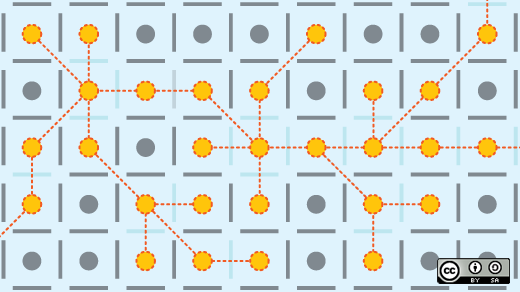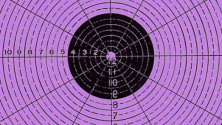Last month the Federal Trade Commission issued a report that acknowledged important problems in the U.S. Patent system as it affects software. The government doesn't do that every day, so that's good news. The FTC report also suggested some reforms that could mitigate some of those problems.
The report, entitled The Evolving IP Marketplace: Aligning Patent Notice and Remedies with Competition (PDF), is long, but not unapproachable, and parts are almost enjoyable. Some of my favorite parts related to the notice problem that is especially problematic in the area of software patents. If a patent does not give clear notice of what is patented, it creates uncertainty and undermines innovation and competition. The FTC report cited testimony that in the IT sector, patents are often vague, ambiguous, and difficult to interpret.
The report acknowledged that software patents “often cover 'very abstract conceptual innovations' that can't be simply described given our current understanding of the area,” and suggested that English-language claims may not map well to “the symbolic rules and procedures adopted by the field of software engineers.” FTC at 83. The report criticized “functional claiming” in the software context, which involves a patent that claims a function without describing how to achieve the function. The report also recognizes that patent applicants have incentives to be as vague as possible, so that they can later claim the patent covers the broadest area possible. The report doesn't quite spell this out, but this means that many times it's difficult or impossible to be certain of what a software patent covers.
The FTC report recognized that in the IT industry, it's virtually impossible to do clearance searches to verify that new products don't infringe existing patents. The lack of clarity in individual patents combined with the sheer numbers of existing patents make clearance cost prohibitive. Because IT products can contain a large number of components that might each be covered by one or more patents, the number of potentially applicable patents is also large. The report went so far as to characterize clearance as “a virtual perfect storm of difficulties.” FTC at 90.
None of this is news to anyone in the software business, but it's encouraging that the FTC is recognizing the problem and publicizing it to the wider world. Some of its recommendations would mitigate some of the current problems. The report recommends stricter application of the statutory bar on indefinite claims and particularly close scrutiny of functional claiming. It also recommends stricter application of the requirement of a written description that sufficiently identifies the boundaries of a claim, and of the requirement that others be enabled to practice the invention by the information in the patent.
If the Patent and Trade Office adopted this approach in considering applications, it would likely deny a good many of the vague software patent applications that it grants today. That wouldn't take care of the problem of the threat to innovation posed by previously granted bad software patents, but it would be a step in the right direction.







Comments are closed.